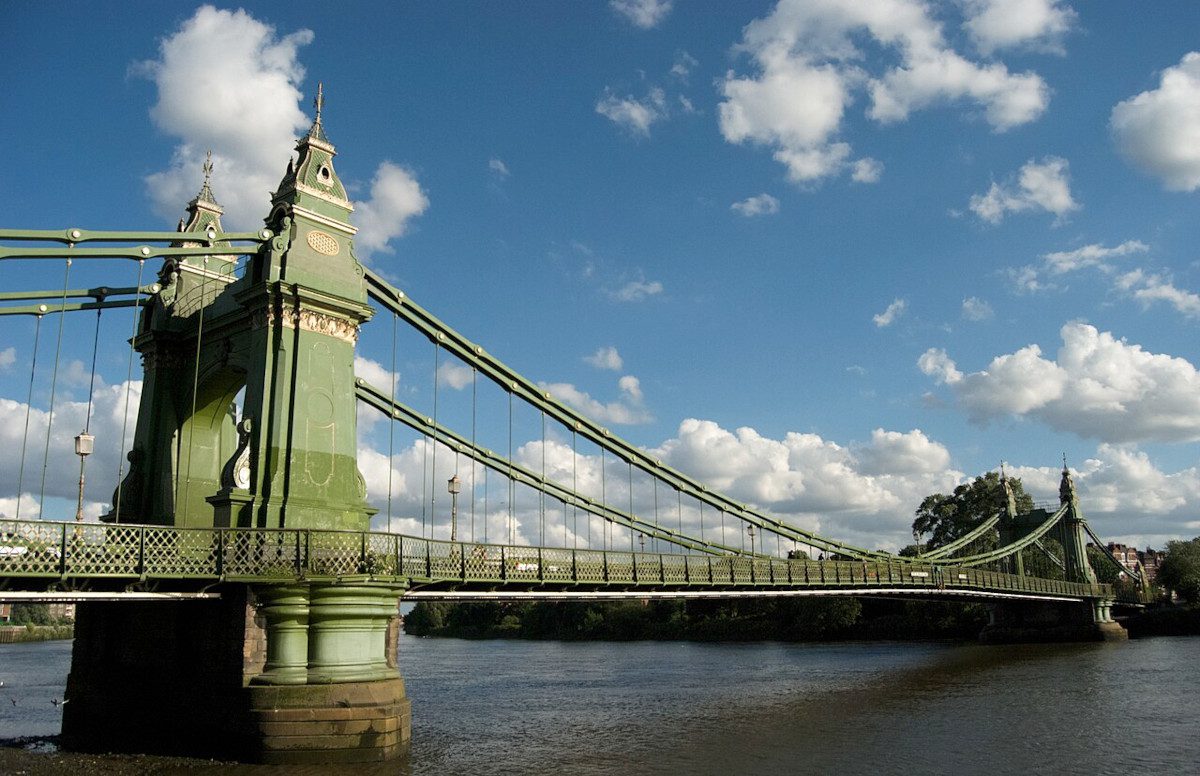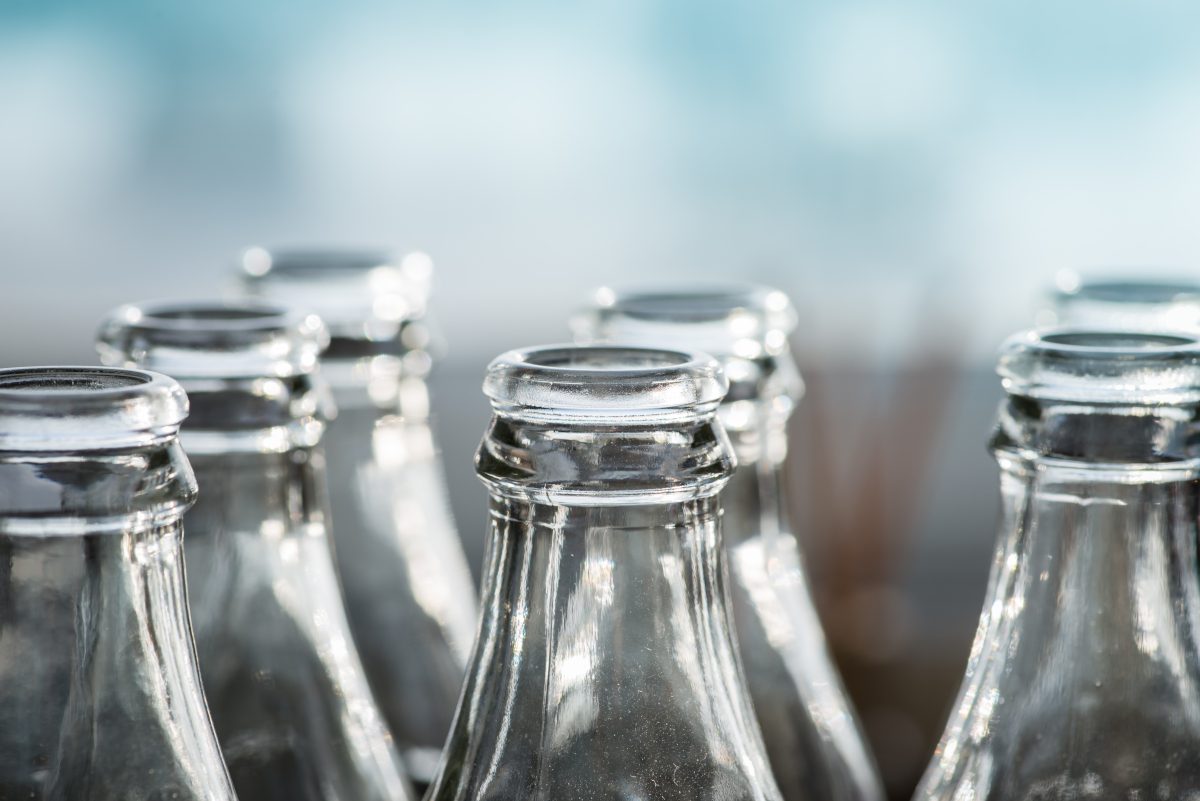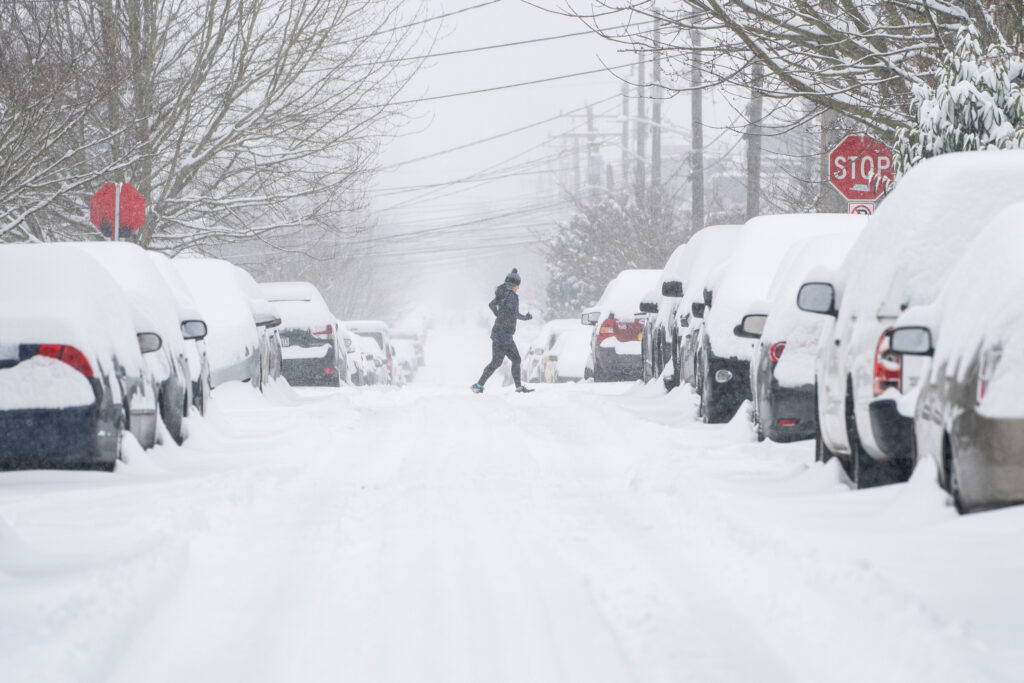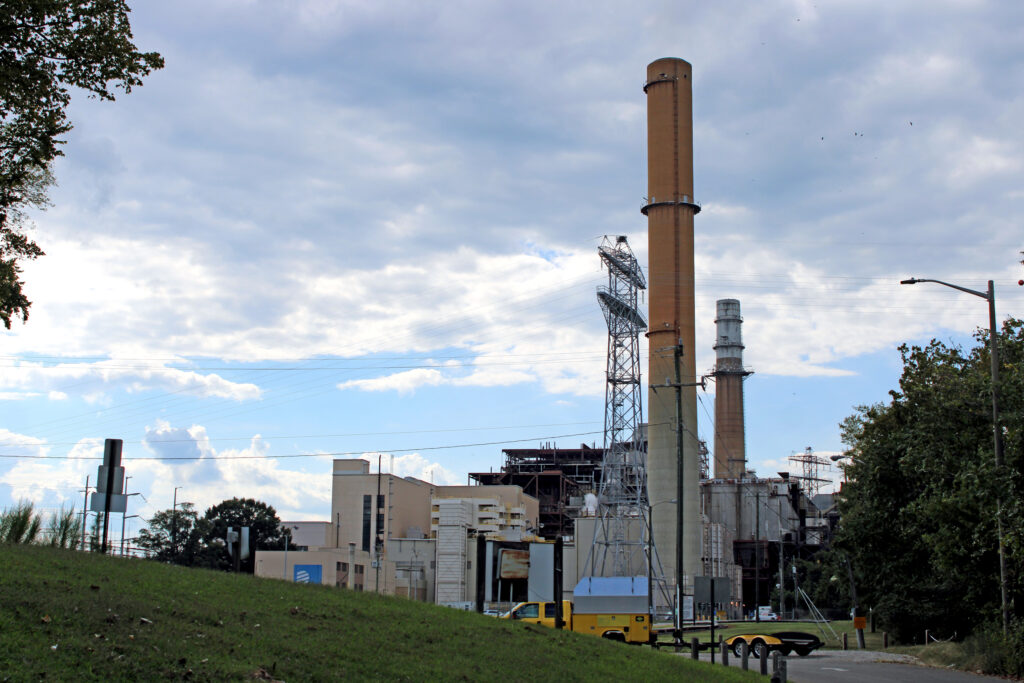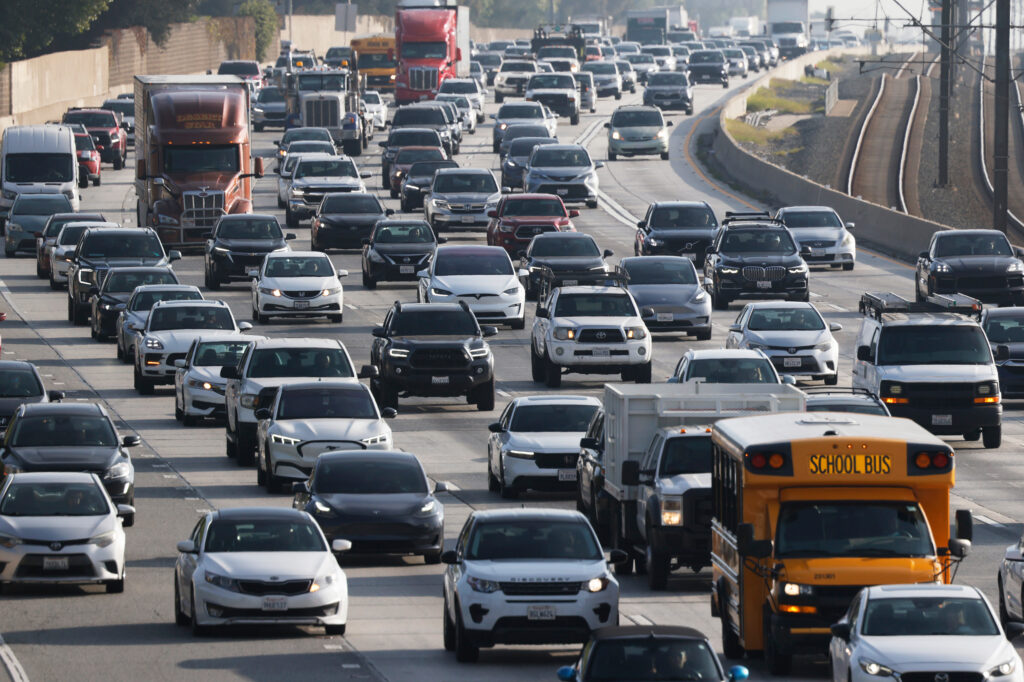Work has begun on the mass excavation of a 180-ton mass on an area of the Thames’ shore near Hammersmith Bridge, in a first-of-its-kind river clean-up project.
The effort is being led and organised by the Port of London Authority with collaboration from Thames Water, in what seems the first such effort to use mechanical means to remove a ball of congealed wet wipes (clumped together with twigs, in this case), which has formed the island along a 250-metre stretch of the river near Hammersmith Bridge (pictured, above). It is expected to take up to a month to complete.
As rivers charity Thames21 explains, London’s ‘Wet Wipe Island’ is about the size of two tennis courts, and it has changed the course of the river with potentially negative consequences for aquatic wildlife and ecology.1
The material finds its way into the river as a result of sewer overflows, which discharge sewage into the river during periods of heavy rainfall.
To date, efforts to clean wet wipes from the Thames have relied on people removing them by hand, and initiatives such as those organised by Thames 21.
Inspired by such efforts, the PLA decided to organize this larger-scale removal action. The UK’s biggest port, which is responsible for protecting and improving the tidal Thames, commissioned an independent ecological study of the site. This was used to develop an environmentally responsible plan to use a mechanical excavator to remove the wet wipes.
Thames21 said its volunteers had been monitoring the island since 2017.
In the past eight years, volunteers have gathered over 140,000 wet wipes from the river. Thames Water removes 3.8 billion wipes from its network every year, at an annual cost of £18m.2
“Their data and research have played a vital role in raising awareness of how wet wipes containing plastic can degrade the environment and harm wildlife. Their data has also influenced Government policy. It comes after the Government recently published draft legislation to ban wet wipes containing plastic.”
St Paul’s School, Barnes is supporting the clean-up and giving access to its grounds to allow the eight-tonne excavator to remove the ‘island’ – which is 1m high in places – from the foreshore when the tide is low. The wet wipes and other pollutants will then be taken away in skips and responsibly disposed of.
Thames Water recently announced a further £1.8billion investment to improve river health across London, and last year connected its £4.6 billion Thames Tideway Tunnel to support the reduction of sewage discharges into the tidal Thames by 95%.

Port of London Authority’s Director of Sustainability, Grace Rawnsley, said: “For too long, ‘Wet Wipe Island’ in Hammersmith has been a source of environmental harm and an embarrassment to the capital. Inspired by the work of volunteers at Thames 21, we decided to take a lead in co-ordinating action to remove this unsightly and harmful mess.
“This is the first time anyone has sought to execute a mass, mechanical removal of wet wipes in this way.
“We want a cleaner, healthier tidal Thames and will continue to work with all interested parties to secure that. And we will continue to bring innovation and investment to help the world’s greatest river thrive.”
Thames Water’s Head of Tideway Integration Group, John Sullivan, said it was “a visible reminder of the damage caused by putting the wrong things down the toilet because flushing something non-biodegradable like a wet wipe doesn’t just make it disappear.”
“Blockages caused by wipes are a leading cause of pollution and we remove an estimated 3.8 billion wipes from our network each year.”
Chris Coode, CEO at Thames21, said: “This vital move is a crucial step towards protecting the health of the River Thames and its wildlife, as it will reduce the introduction of microplastics into the environment from this site.
“Thames21 and its dedicated volunteers have been building evidence for eight years. We want to give our volunteers a huge shout-out for their persistence. This has been a massive piece of work!
“Thames21 has been pushing for a ban on plastics in wet wipes. However, we would like to see more systemic change to tackle the issue of plastics entering the environment via wet wipes and other sanitary waste.”
Notes
[1] First mass wet wipe removal from a UK river launched to clean London’s ‘Wet Wipe Island’, published by Thames21 on 11 August. https://www.thames21.org.uk/2025/08/first-mass-wet-wipe-removal-from-a-uk-river-launched-to-clean-londons-wet-wipe-island/
[2] “The 180-ton ‘wet wipe island’ that’s clogging up the Thames”, Daily Telegraph, 12 August.



